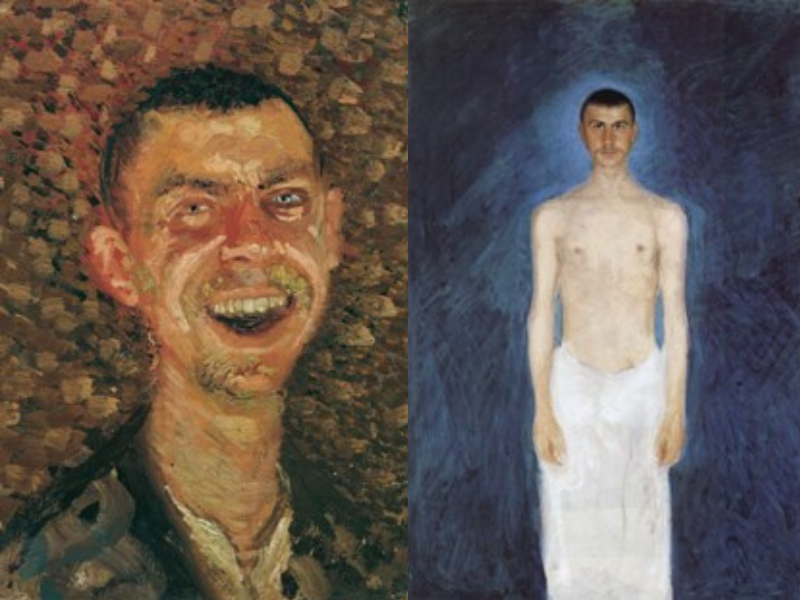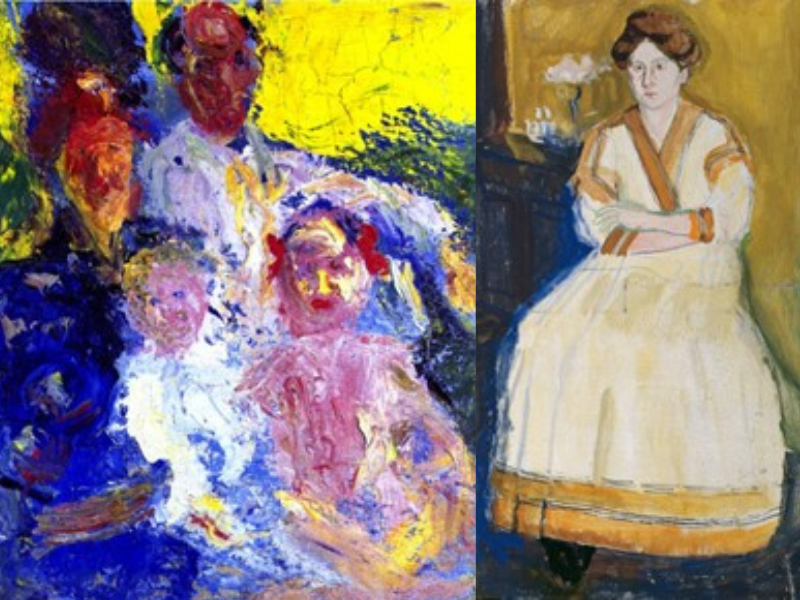-
03
-
03
-
03
-
03
-
03
-
03
-
03
-
03
-
03
-
03
-
-
-
03
-
03
-
03
-
03
-
03
-
03
-
03
-
03
-
03
-
03
-
03
-
-
03
-
03
-
03
-
-
03
-
03
-
03
-
03
-
-
03
-
03
-
03
-
03
-
03
-
03
-
The Recovered Vision of Richard Gerstl
Thursday, July 20, 2023
Posted By:David Hoyt, Assistant Program Book Editor
—


-----------------------------------------------
Pictured Above:
· Selbstbildnis, lachend, 1908 (oil on canvas) by Richard Gerstl. Österreichische Galerie Belvedere.
· Selbstporträt, Halbakt vor blauem Hintergrund, 1904–05 (oil on canvas) by Richard Gerstl. Leopold Museum.
· Schönberg family, 1907 (oil on canvas) by Richard Gerstl. Mumok (Museum moderner Kunst Stiftung Ludwig Wien).
· Mathilde Schönberg, 1907 (tempera on canvas) by Richard Gerstl. Österreichische Galerie Belvedere.

David Hoyt is assistant program book editor at the Aspen Music Festival and School. A violist with a background in non-profit communications, he holds a bachelor's degree from Kenyon College and is pursuing a Master of Arts Administration degree at Ohio University.
-
03
-
03
-
03
-
03
-
03
-
03
-
03
-
03
-
03
-
03
-
-
-
03
-
03
-
03
-
03
-
03
-
03
-
03
-
03
-
03
-
03
-
03
-
-
03
-
03
-
03
-
-
03
-
03
-
03
-
03
-
-
03
-
03
-
03
-
03
-
03
-
03
-